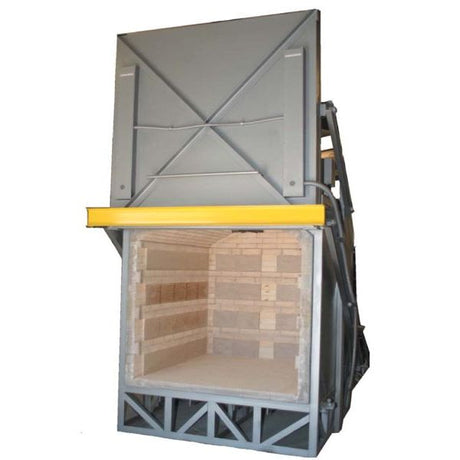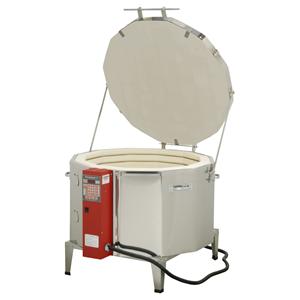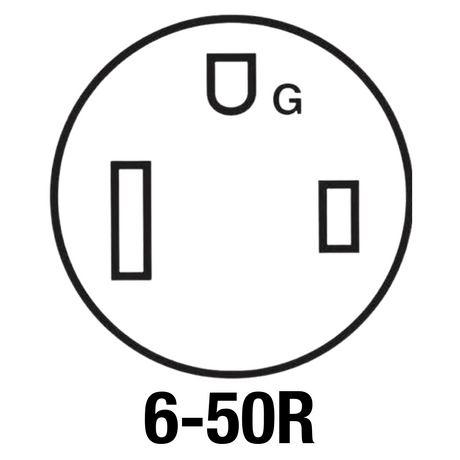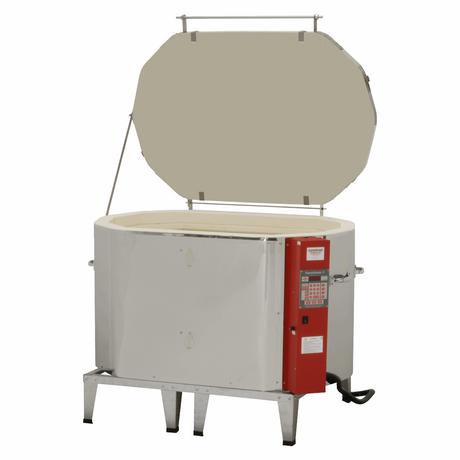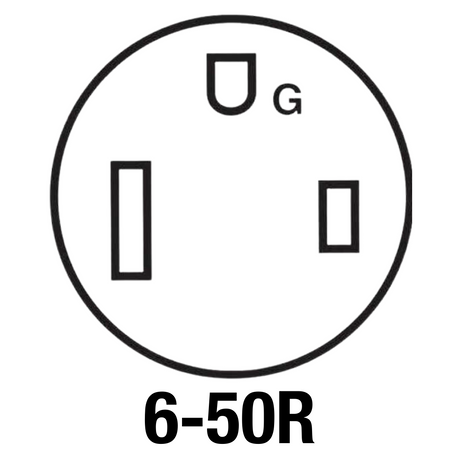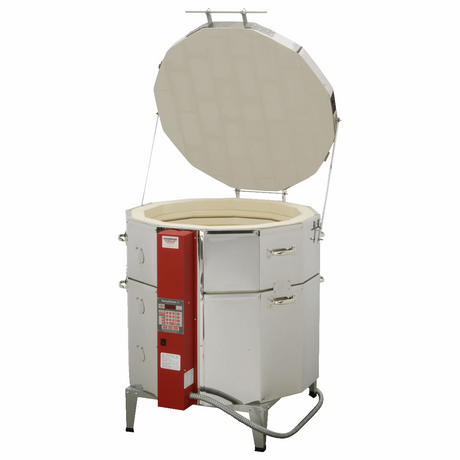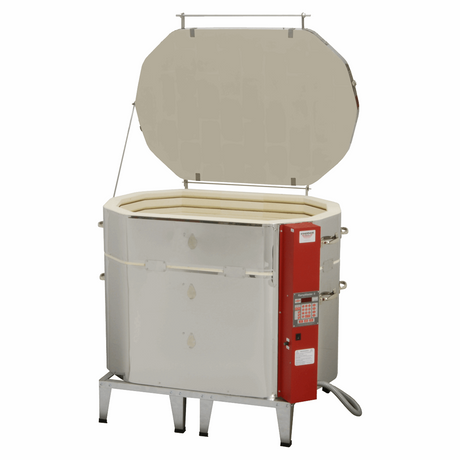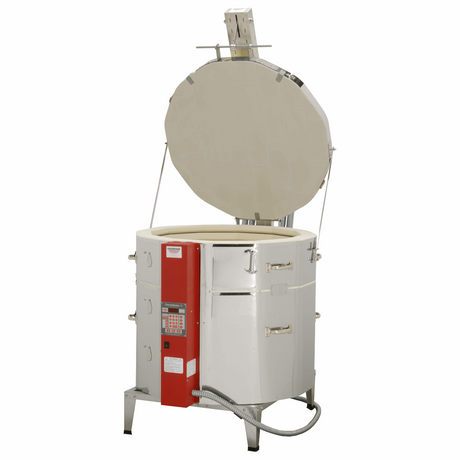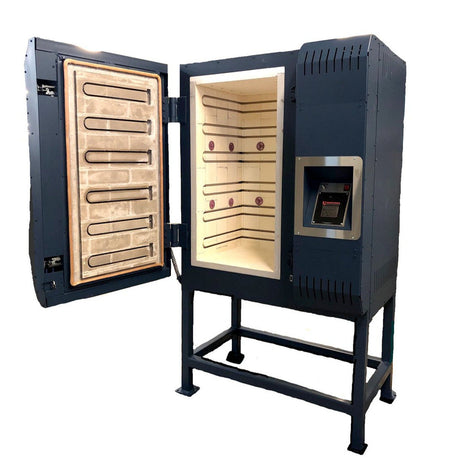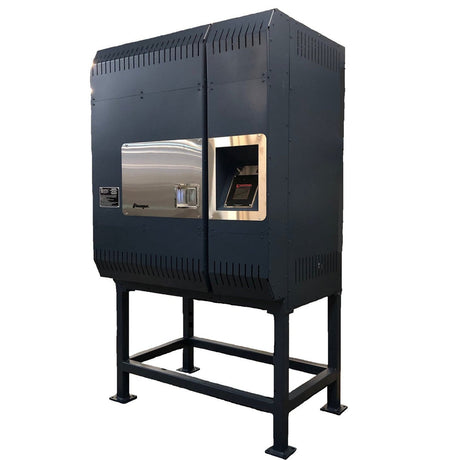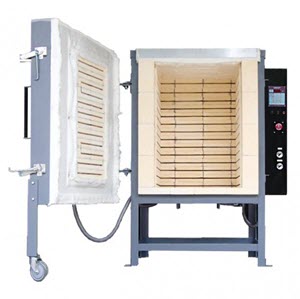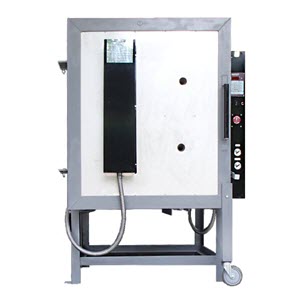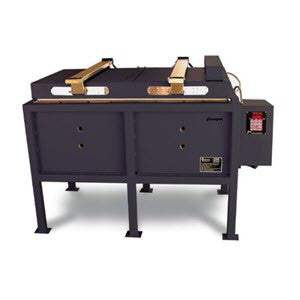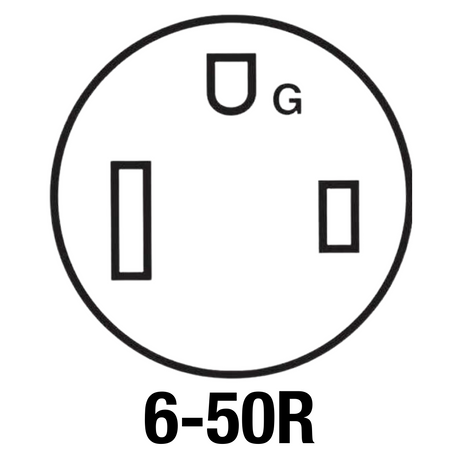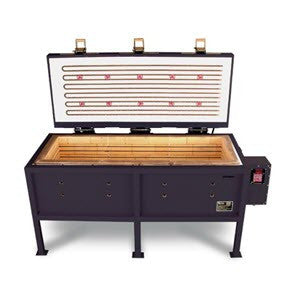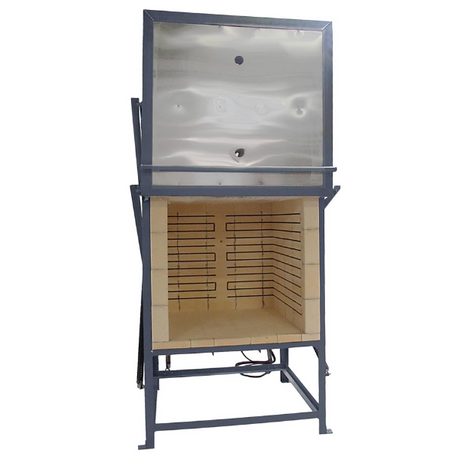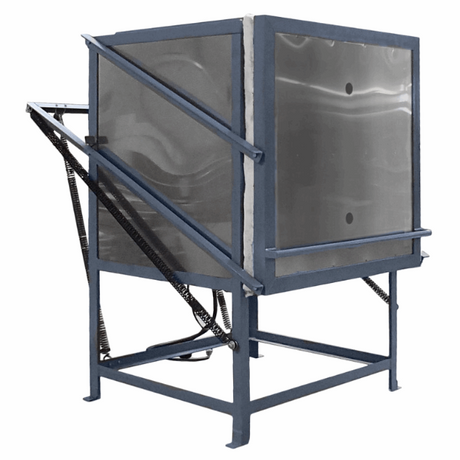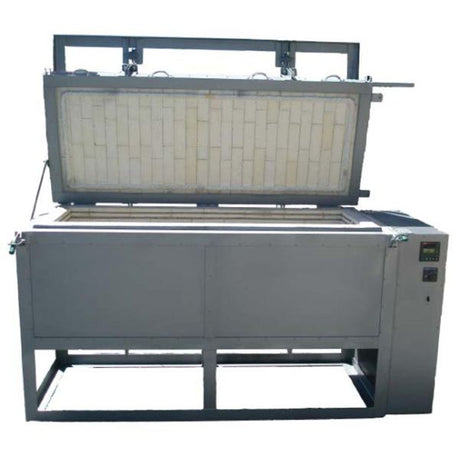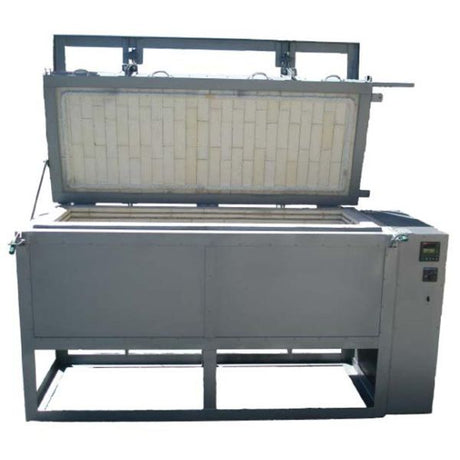Extra Large Kilns
(20 products)
The advantages of extra-large kilns with chambers greater than 36" square are significant, and they are used in a variety of industries and applications.Extra-large kilns have a much bigger chamber...
The advantages of extra-large kilns with chambers greater than 36" square are significant, and they are used in a variety of industries and applications.
Extra-large kilns have a much bigger chamber size, which is their principal advantage. This increased capacity enables the firing or processing of larger quantities of materials in a single batch. As a result, they are suited for large-scale industrial applications because to increased production efficiency and reduced processing time.
Larger and more intricate things, such as enormous ceramic sculptures, architectural features, or glass panels, can be accommodated by the spacious interior of these kilns. Artists and manufacturers can work on large-scale projects without being constrained by the size limitations of smaller kilns.
Material Type Versatility: Extra-large kilns allow for the processing of multiple materials at the same time. They can work with a wide range of materials, including ceramics, glass, metals, and refractories, making them ideal for multi-material applications and research.
Consistent Heat Distribution: Larger kilns are designed to distribute heat evenly across the chamber. This ensures that all materials in the kiln are subjected to the same level of heat treatment, resulting in uniform and predictable results for each batch. this is done with multiple thermal zones and thermocouples.
Energy Efficiency: Despite having larger chambers, new extra-large kilns are designed to be energy efficient. Improved insulation and modern heating systems reduce energy consumption and, as a result, saving operational costs over time.
Improved Firing Flexibility: Large kilns frequently include complex control systems that allow for precise temperature and firing cycle modifications. This level of control enables the execution of complex firing regimens, which are required for certain materials and applications. Many of these ovens have control systems that allow for data reporting and retrieval.
Customizable Design: Many manufacturers offer extra-large kiln customization options, allowing users to modify the kiln's features to their specific needs. It includes installing venting systems, digital controls, and special heating components to improve the kiln's performance for specific uses.
The Use of Extra-Large Kilns is essential in industry sectors such as ceramics, glass manufacturing, and metallurgy for processing volumes of material and producing large-scale objects. In ceramics, for example, they are used to fire huge pottery pieces, sanitaryware, and building materials. Extra-large Kilns are used by artists and sculptors to make large-scale ceramic sculptures, glass installations, and other complex art projects. Artists can experiment with scale and intricacy in these kilns, stretching the frontiers of their artistic expression.
Aerospace and refractory industries use extra-large kilns to heat-treat components such as turbine blades and jet engine parts. They play an important role in the manufacturing of refractory materials used in high-temperature conditions in the refractory sector.
Extra-large kilns in laboratories and research centers assist experiments and studies that involve processing huge samples or exploring different material compositions under controlled conditions.
Architects and construction organizations utilize large kilns to manufacture large tiles, glass panels, and unique architectural features such as decorative bricks or aesthetic facades.
Our extra-large kilns with chambers greater than 36" square provide substantial benefits in terms of capacity, adaptability, and heat dispersion uniformity. They are widely used in a variety of sectors and applications, including ceramics, glass manufacturing, metallurgy, art, aerospace, and research. These kilns allow for efficient large-scale production, artistic inventiveness, and advanced research, making them important instruments for experts looking to produce remarkable outcomes.
Read more

